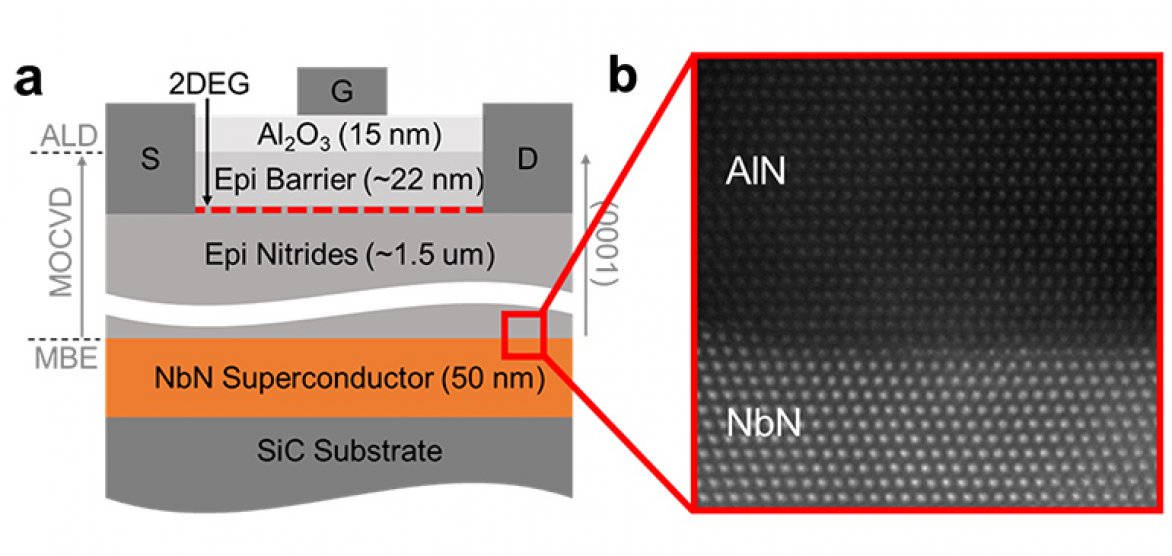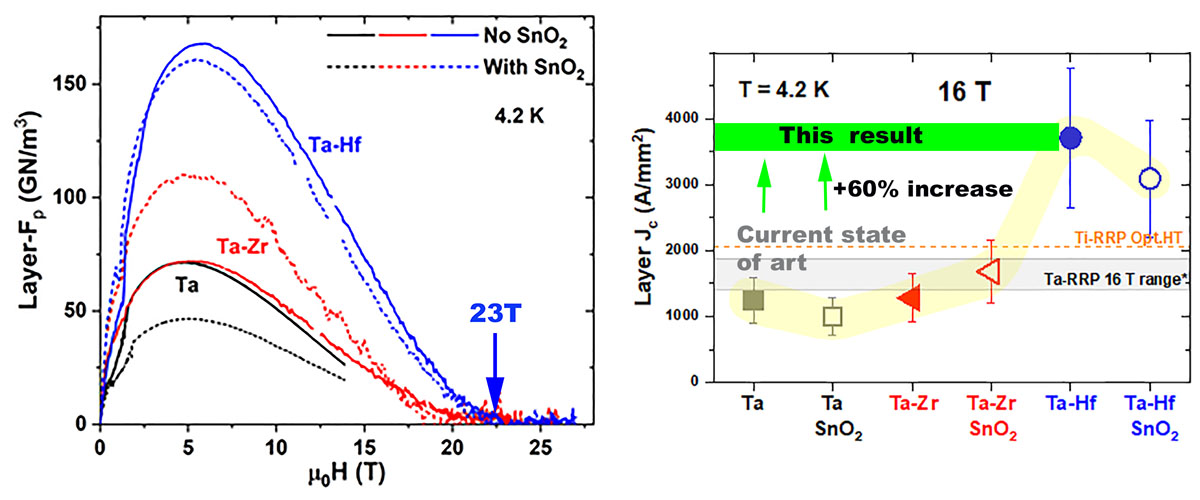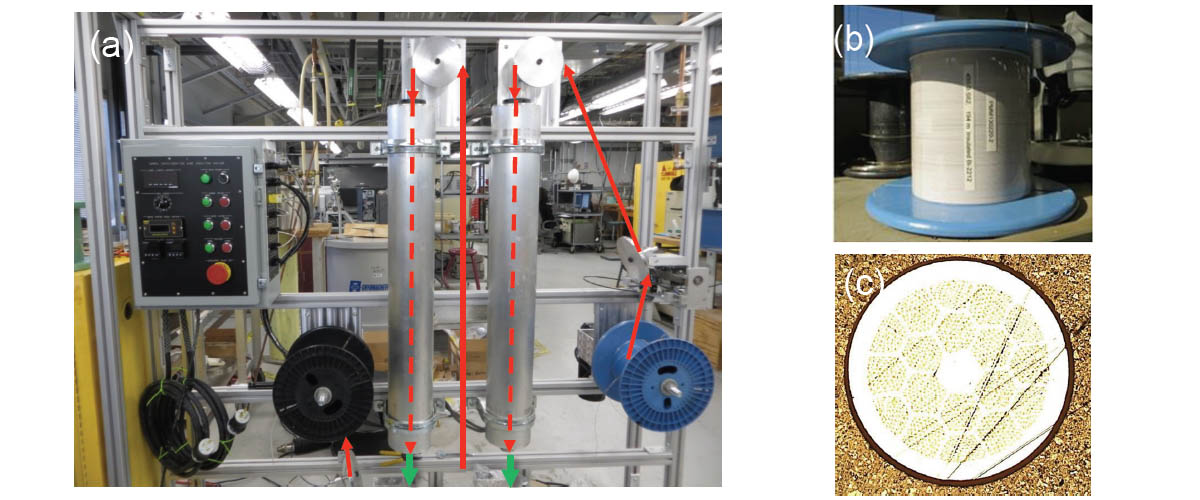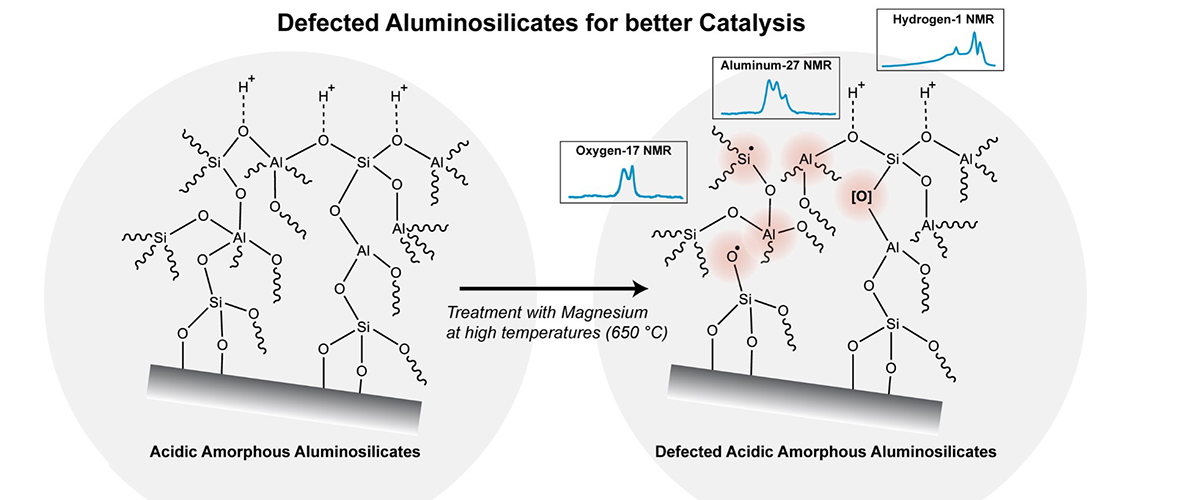What did scientists discover?
A new device structure that combines a nitride semiconductor with a nitride superconductor is shown to exhibit two quantum states simultaneously - the quantum Hall state and superconductivity - that typically do not coexist.
Why is this important?
Researchers studied two conventional materials: GaN (a semiconductor) and NbN (a superconductor). If the semiconductor enters the quantum Hall state in proximity to a superconductor, one could achieve topological superconductivity, which can be used for quantum computing.
A challenge with this approach is that the quantum Hall states in a semiconductor typically require high magnetic fields, but superconductivity is quenched at high magnetic fields, making coexistence difficult. By demonstrating that this nitride structure can host both phenomena simultaneously, this research demonstrates that the "old dogs" (i.e. GaN and NbN) can in fact learn a new trick. The nitride material system is among the most widely used and mature semiconductor technologies, making it very appealing for use in quantum computing applications.
Who did the research?
P. Dang1, G. Khalsa1, C. S. Chang1, D. S. Katzer2, N. Nepal2, B. P. Downey2, V. D. Wheeler2, A. Suslov3, A. Xie4, E. Beam4, Y. Cao4, C. Lee4, H. G. Xing1, D. J. Meyer2, D. Jena1
1Cornell University; 2Naval Research Laboratory; 3National MagLab; 4Qorvo, Inc.
Why did they need the MagLab?
The MagLab's 45T magnet was essential to fully explore the quantum hall states in the nitride semiconductor prior to exploring the region in which they coexist with superconductivity.
Details for scientists
- View or download the expert-level Science Highlight, Quantum Rivals in Nitride Materials
- Read the full-length publication, An all-epitaxial nitride heterostructure with concurrent quantum Hall effect and superconductivity, in Science Advances.
Funding
This research was funded by the following grants: G.S. Boebinger (NSF DMR-1644779); D. Jena (NSF EFMA-1741694); C.S. Chang (NSF DMR-1539918 and MRSEC DMR-1719875); P. Dang (NSF DGE-1650441)
For more information, please contact Tim Murphy.






